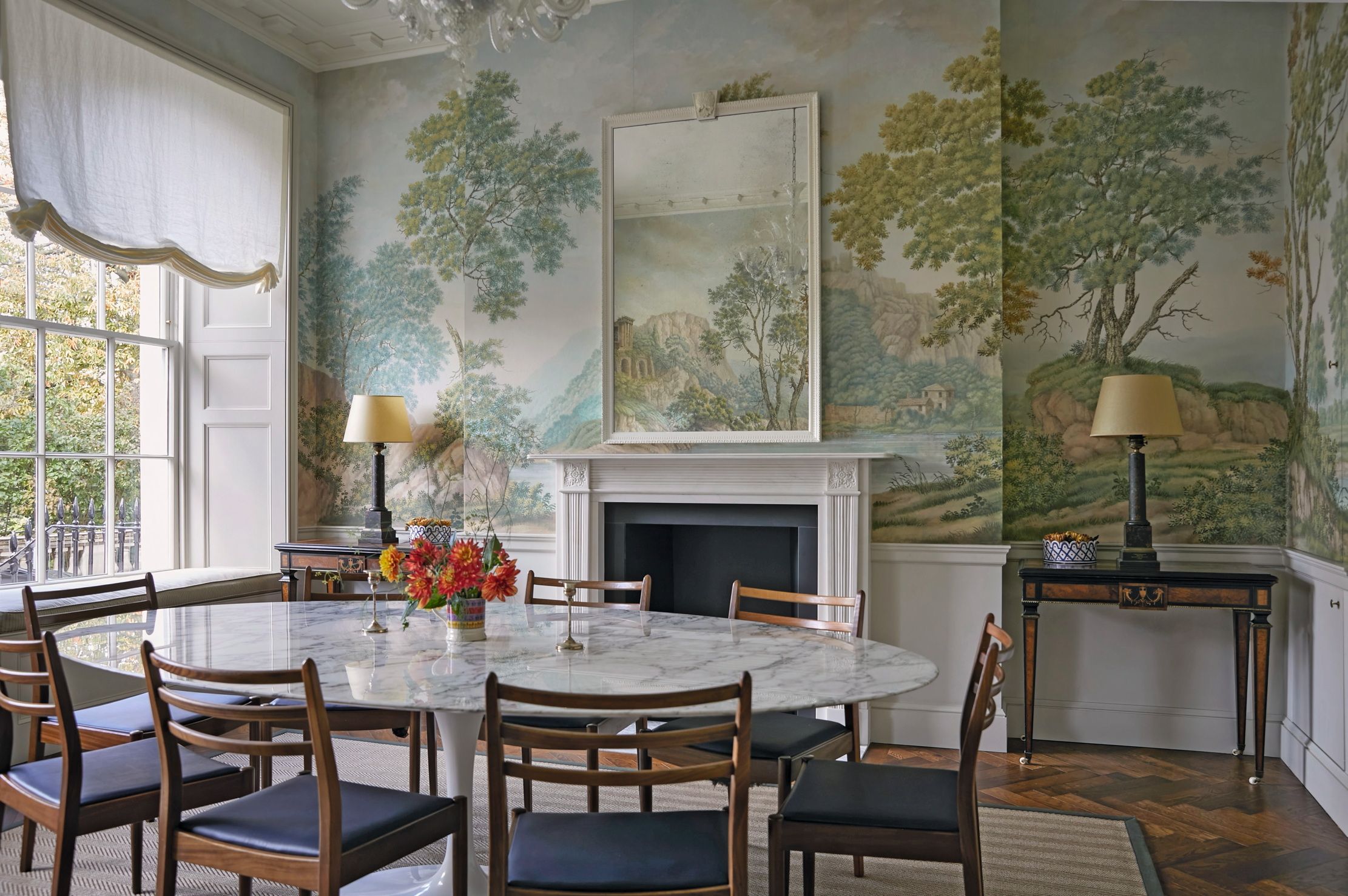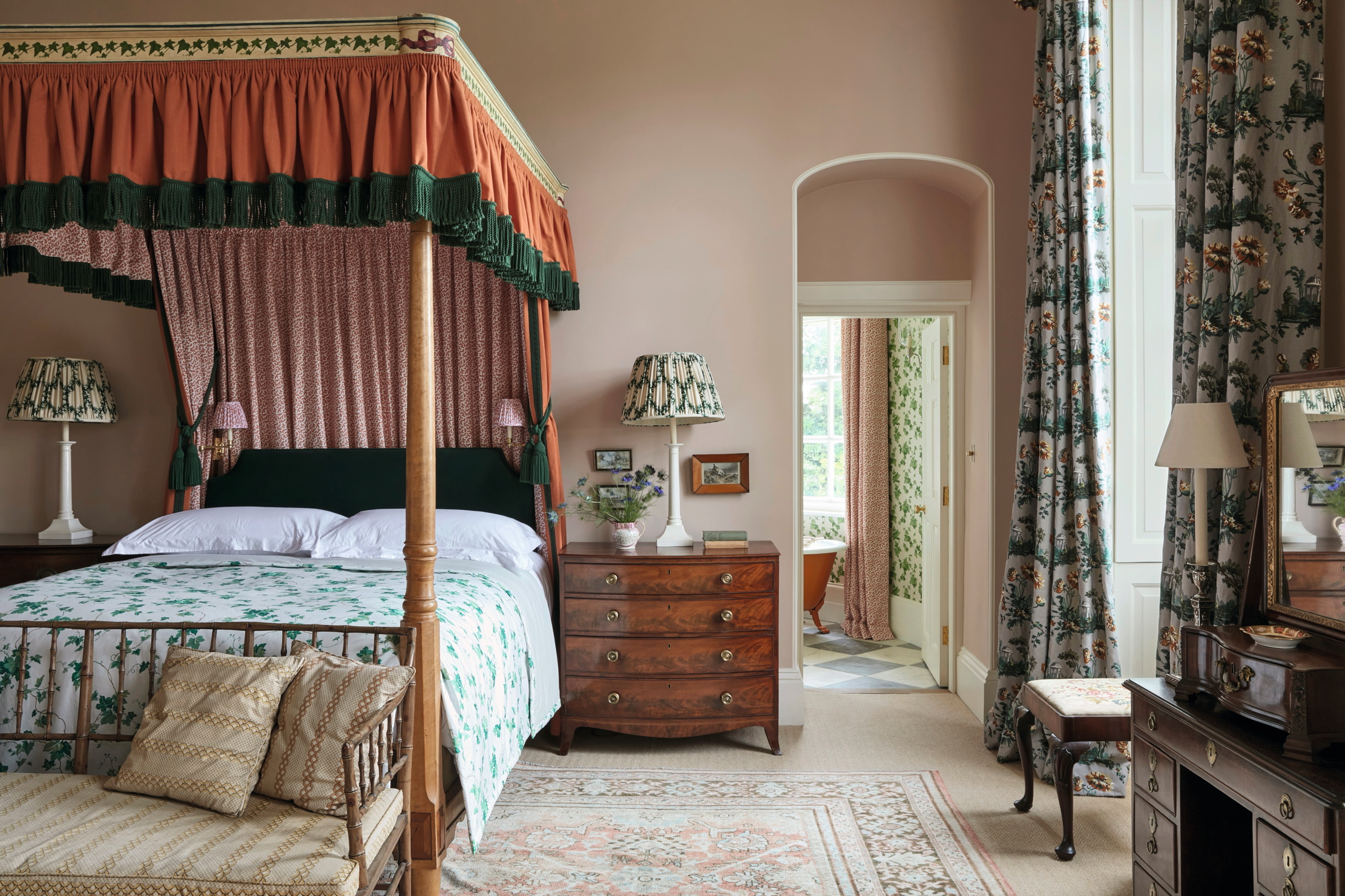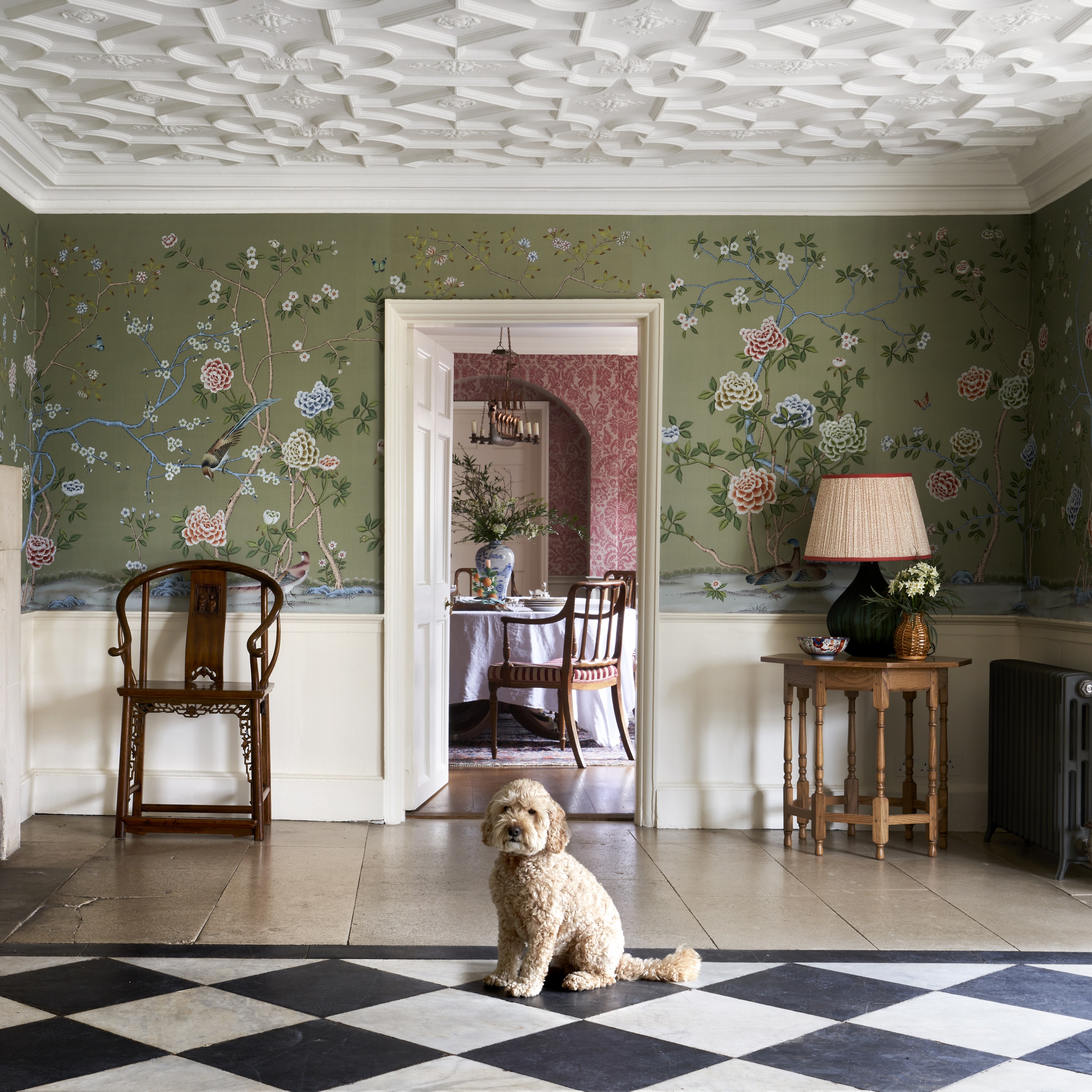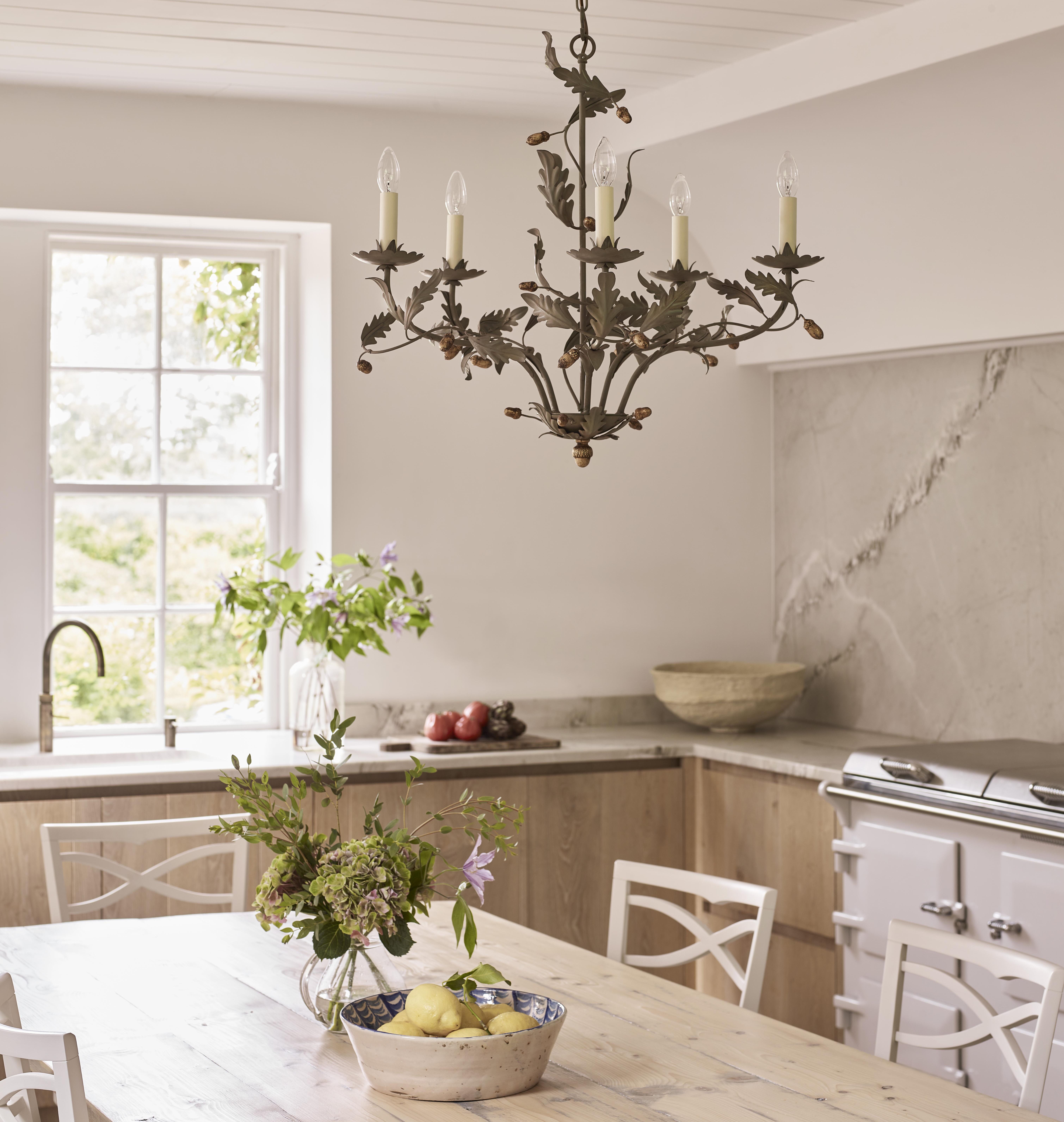'It’s a slow-cooked, nourishing soup with 1,000 lovely ingredients swirling within it. Each has its own special contribution. The only thing none of us have ever been able to stand is when the ingredients are all new': Ben Pentreath on English style
One of the most important rules of English decorating is that there are no rules. Confused? Don’t be. It’s simply an aesthetic that requires a certain mindset, believes Ben Pentreath.


What do we really mean by Englishness in design — that magical language that is found in our long-hewn relationship between building, decoration, landscape and history? Over centuries, its many facets have intertwined to create a unique sense of style, one that has been packaged and sent around the world for three centuries, perhaps our greatest export industry of all time. It’s a question I’m rather often asked: no surprise, perhaps, given that my 2012 book English Decoration was followed four years later by English Houses and now, eight years later, by An English Vision, published last month by Rizzoli Books.
Of course, few publications have done more to promote the mythic ideal of England than Country Life, with that particular blend of nostalgia, sense of loss of better times past and firm rootedness to place. That ideal became a powerful calling in the Edwardian period, when the ancient certainties, already stretched by astonishingly rapid economic and social change, were soon to be shattered by the horrors of the First World War. Our sense of nostalgia runs deep, from the Arcadian dreams of Elizabethan and Jacobean England, to the landscapes of Eric Ravilious; a gentle drumbeat, that feeling in our bones and in our hearts that, somehow, things were better and more beautiful in the past.
What else? Englishness is messy. It doesn’t like to try too hard (and shuns people who do). We English can’t stand too much matchy-matchy, leaving all-over wall and fabric decoration to the French or Italians. We don’t like our houses to take themselves too seriously, we abhor smug, we cannot abide shiny things or too much coloured marble, we are endlessly obsessed by class at the same time as utterly professing not to be (and require our class symbols to be worn lightly).
We are endlessly accepting of — and absorbing of — other cultures; it’s a useful trope that our favourite national dish is said to be chicken tikka masala, but think how profoundly so many elements of English art and architecture are garnered from elsewhere: the early, earthy classicism of Palladio cooly re-rendered in the grey stone and stucco of 18th-century England, Chinese porcelain, Indian textiles, even Corbusian brutalism, all today ubiquitous ingredients of English style.

English style is, of course, to do with grand houses, but also with Victorian back-to-back terraces and Festival Flats and 1970s concrete tower blocks, Cumbrian villages, satisfyingly bleak boozers and dispiriting tea shops in Devon. It’s never to do with people driving around picture-postcard Cotswold villages in matt-black 4x4s with tinted windows on their way to over-popular pubs. No. It’s a slow-cooked, nourishing soup with 1,000 lovely ingredients swirling within it. Each has its own special contribution. The only thing none of us have ever been able to stand is when the ingredients are all new.
One of the unspoken rules of English style is that there are no rules. All the best English architects and decorators live entirely without formulae. It’s never about slavishly following a recipe, something our American friends can never quite understand. If English decoration was a rules-based thing, life would be much easier for people seeking ‘English Style’, but we know intuitively that nothing feels and looks (or smells) less English than a Connecticut country house where the architect was asked to design in the ‘English Style’ and the decorator created a carefully layered ‘English Interior’. It’s tough.
My own contribution to Englishness has been strange and accidental. When I started our office in London, 20 years ago, it was entirely about master planning new towns and settlements — a question that becomes all the more urgent as the great debate on the design of housing hurtles higher up the political agenda, with ever more worthy speeches at the podium matched only by ever more execrable results on the ground.
Exquisite houses, the beauty of Nature, and how to get the most from your life, straight to your inbox.

From there, I was asked to work on some old houses and then to design new ones. In 2008, with my New Zealand friend Bridie, I opened what has become a quintessential outpost of modern English design, our little shop Pentreath & Hall. Our website designer told me I needed to write a blog, something I’d never then heard of. The blog led to commissions to write English Decoration and English Houses, which showed dozens of images of incredible houses of friends (as well as my own).
From there, I was asked to start working on people’s interior decoration — purely, at first, because people seemed to like the way I was decorating (undecorating) my own house in Dorset and the way I wrote about things — a state of mind, rather than a rule book. My Englishness evolved again when I met another Kiwi, Charlie McCormick, whom I was lucky enough to marry 10 years ago, and who has himself become an astonishing exponent of English gardening, like me seeking inspiration in the forgotten and overlooked places.
English style is in a state of constant evolution. Perhaps, in the past 20 years, I’ve had a part to play in its most recent iteration, looking with fresh eyes at age-old questions. In the era of Instagram, when images whizz around the world, repeated again and again, it’s hard to understand how quickly decorative themes go from being interesting to intensely irritating to downright unusable. I don’t blame Nicky Haslam for calling out ‘pops of colour’ on his most recent tea towel, although I have a sneaking suspicion that I’m responsible for rather too many of the ‘pops’ that meet his incisive ire.

When you get to my age, you realise that you’re already seeing the same thing the second, sometimes third time around. I remember my frustration, as I took on the Parsonage, our house in Dorset, that Colefax & Fowler had just discontinued most of its perfect historic fabrics from the 1960s, 1970s and 1980s. Thanks now to the heroic efforts of some of my friends at Sibyl Colefax and John Fowler, antique dealers and decorators sine qua non of le style Anglais, everything that was taken away is now being reprinted.
I like every single thing we do in the studio to be deeply rooted in a sense of time and place. We want our buildings and places to be under-written by a sense of authenticity — the most over-used and hence meaningless word in design these days, but it matters. An English Vision opens with descriptions of eight ‘senses’, as I like to call them — a sense of Happiness, History, Character, Place; a sense of the Whole, of Colour, of Imperfection and of Time — that somehow encapsulate how I think about the design of everything from a cushion to a town square. In the weft and warp of all these, we find my own peculiar sense of Englishness, an idea that runs deep in places, but has warm shallows, too, is serious, but doesn’t like to wear its seriousness on the sleeve — and knows where the role of design starts and where it stops. As I wrote in the book, all we are doing is providing a frame for that messy, uncontrollable thing called life.
I think the reason why eight years elapsed between the publication of my last book and this new one is that it’s the first time I am putting my head above the parapet showing entirely my own designs. You never know what people’s true reaction will be. It was certainly with some trepidation that I spent the past three years visiting and photographing older and more recent projects, from flats to houses to our new towns. More than once I wondered — given that so much of our work is in Scotland (and now some of our projects are further afield still, in Europe, the US, Australia and New Zealand) — whether the title was still appropriate. But, of course, I am English, which answered that question. Like so many things, the roots have been there all along, but it’s a plant that flowers in many different ways.
Ben Pentreath is an architectural and interior designer. His latest book, ‘An English Vision’, is out now

The Country Life Top 100 architects, interior designers, craftsmen, builders and garden designers in Britain
It's now six years since the original Country Life Top 100 was published, but the aim hasn't changed: we name

Lightbulb moment: Four of Britain's top interior designers share their best tips for choosing lighting
At a recent panel discussion hosted at Vaughan’s London showroom during Focus/24, interior designers Emma Pocock and Sarah Peake, lighting
Country Life is unlike any other magazine: the only glossy weekly on the newsstand and the only magazine that has been guest-edited by His Majesty The King not once, but twice. It is a celebration of modern rural life and all its diverse joys and pleasures — that was first published in Queen Victoria's Diamond Jubilee year. Our eclectic mixture of witty and informative content — from the most up-to-date property news and commentary and a coveted glimpse inside some of the UK's best houses and gardens, to gardening, the arts and interior design, written by experts in their field — still cannot be found in print or online, anywhere else.
